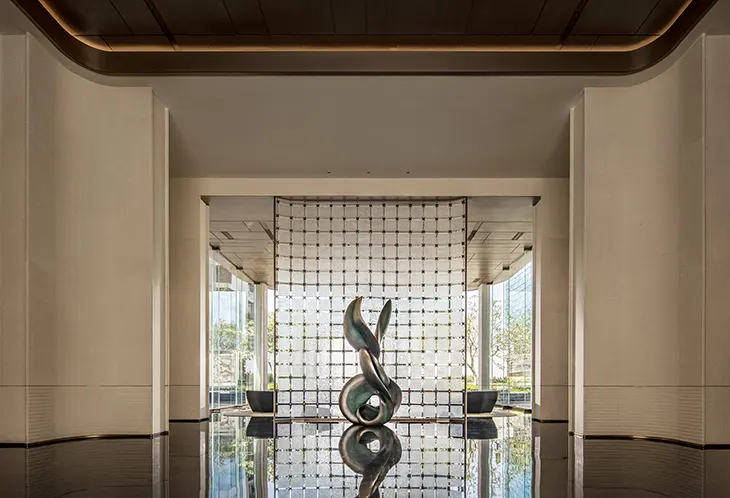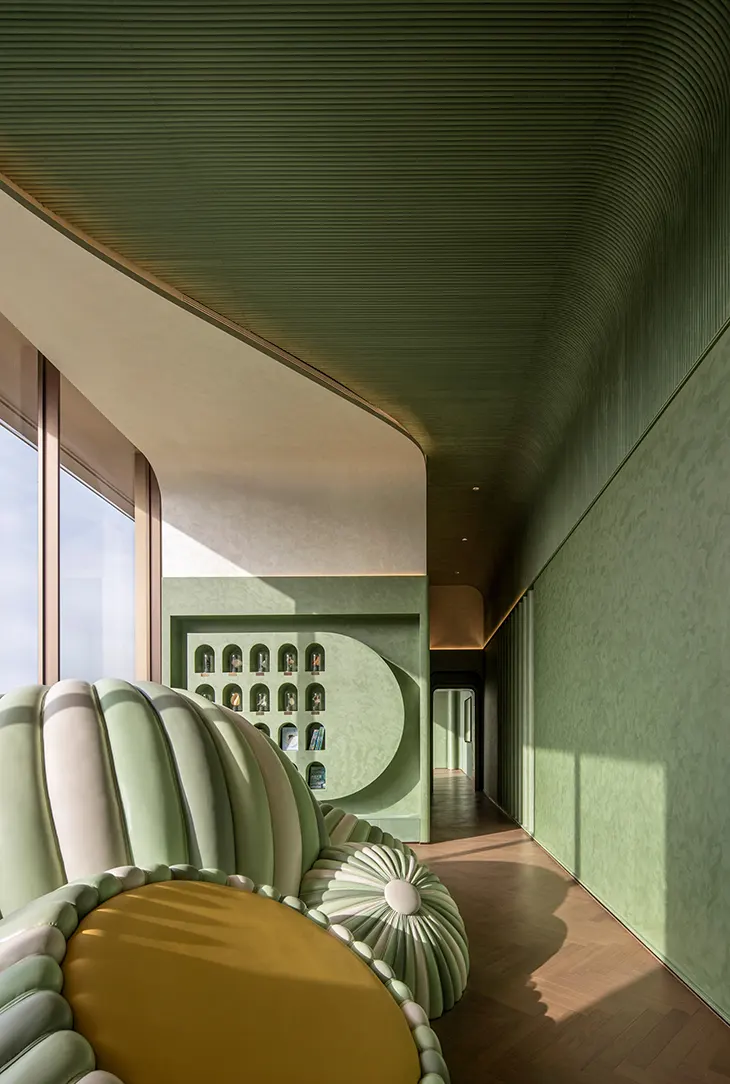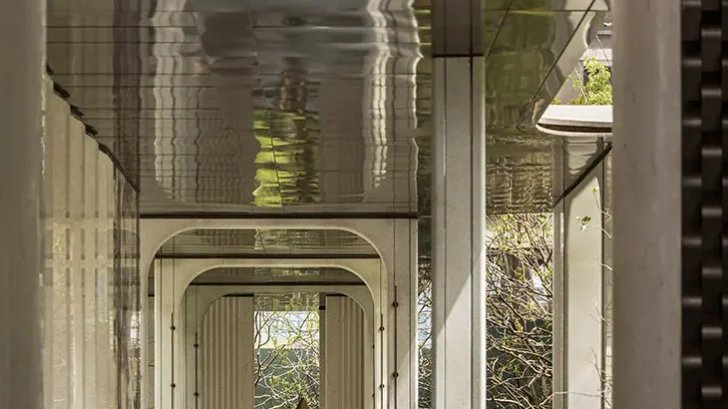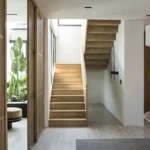
Located in the heart of Chengdu, Sichuan, the Art Mansion Club designed by Zest Art introduces a new model for community-based luxury spaces. Completed in April 2025 after a design cycle beginning in January the same year, the 1900-square-meter project reimagines how residents experience art, leisure, and culture within a residential development. With a construction cost of RMB 3.36 million, the club positions itself as more than a social hub, it operates as an avant-garde art gallery embedded in the daily life of the city’s elite.
MIXED USE
The design draws inspiration from the spatial narrative of top luxury hotels, translating their refined logic into a community setting. By fusing Chengdu’s contemporary energy with the intangible heritage of Ba-Shu craftsmanship, the project decodes and reinterprets luxury for everyday living. Zest Art conceived the club as a pioneering experiment, where community needs shape a rich life narrative that extends beyond the constraints of hospitality design. The result is a multifunctional environment that bridges the boundary between private residence and cultural institution.

Anchored by a six-meter-high panoramic clubhouse at the base of three residential towers, the project separates the flow of daily life from the immersive club experience. Residents access the building through an independent courtyard route, ensuring privacy while maintaining accessibility. Elevated floors expand the program, integrating spaces for social reception, exhibitions, and leisure. By layering art galleries, tea rooms, and lounges into the design, the club creates a vertical narrative of community living that adapts to diverse lifestyles.
The material palette reinforces the balance between modern aesthetics and cultural depth. Velvet, marble, and metal convey contemporary luxury, while natural crystal, leather, cotton, and linen introduce tactile warmth. Rock plate and glass provide durability and transparency, creating an interplay of solid and fluid boundaries. This combination generates a refined atmosphere where materiality becomes both functional and symbolic, echoing Chengdu’s balance of tradition and innovation.

A key element of the project is the artistic corridor bridge, which spans the water feature courtyard and acts as a connective spine. Art installations animate the passage, encouraging residents to engage with the space as a gallery in motion. The design elevates the simple act of walking, transforming it into a sensory and cultural experience. Nature plays an integral role, with the courtyards drawing the outdoors inward to redefine the perception of luxury as an encounter with the environment itself.
The club unfolds as an ecosystem of layered experiences designed for all ages. Children explore marine-inspired installations in the theme park, while older residents gather in the Zen tea house, immersed in fragrance and ritual. In the living room, city views expand into infinity, offering Chengdu’s urban elites a place to reflect. This careful orchestration of activities across generations ensures the space functions not only as a hub of art and culture but also as a dynamic extension of domestic life.




